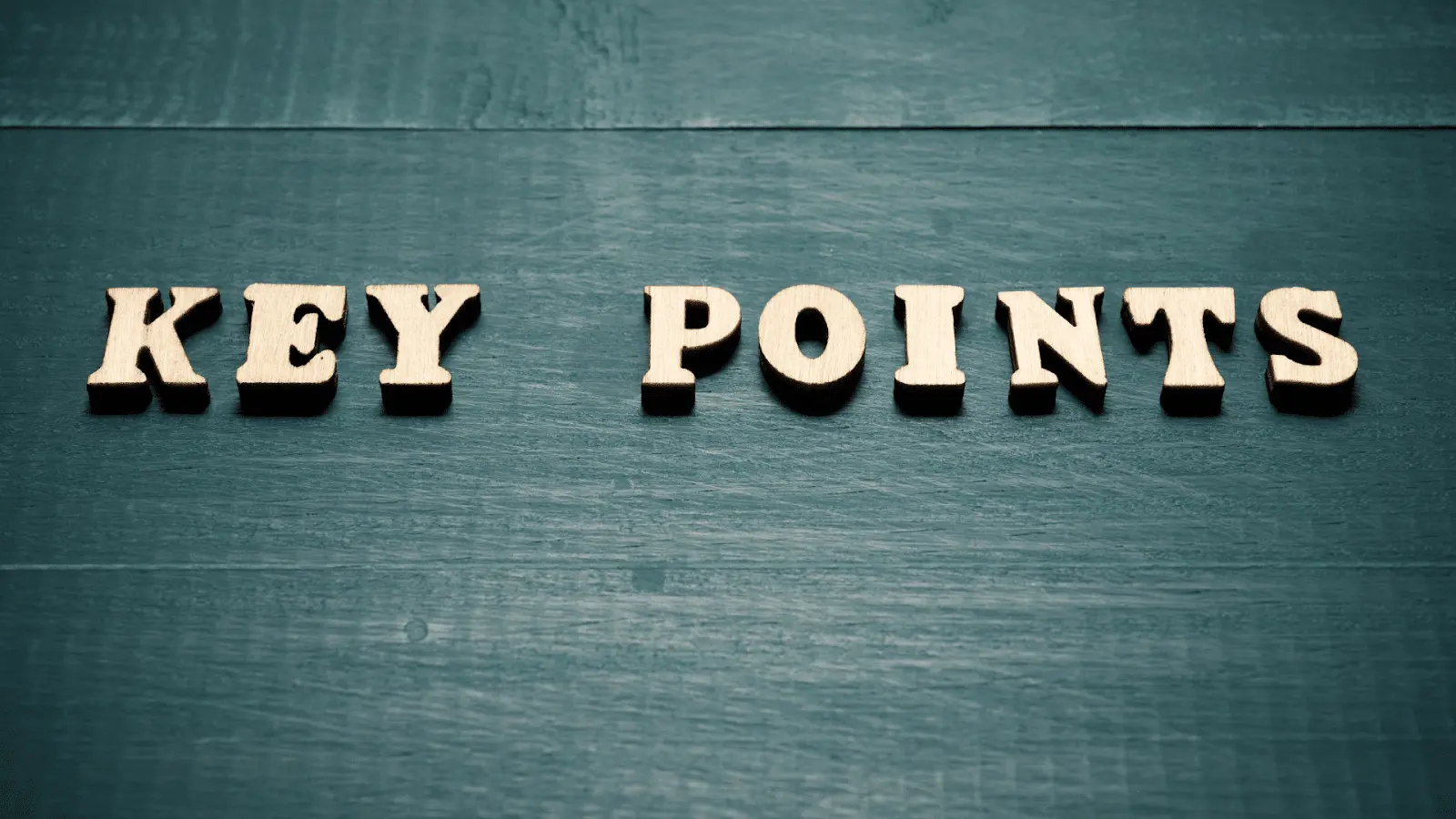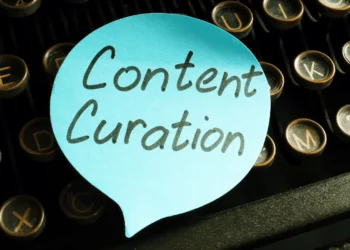The key to success is consistency. This is where the editorial calendar comes in, your secret weapon for maintaining impeccable consistency in content delivery. This calendar is not just a tool, it's a strategy. It helps you plan, organize and execute your content systematically. In this article, we'll dive deep into the world of the editorial calendar, exploring its benefits, its essential elements, the steps to creating it, and how it can be the catalyst for the success of your content strategy.
Introduction to the editorial calendar

In the ever-changing world of digital content creation, a crucial question arises: how to maintain consistency of quality in the delivery of your content while meeting the expectations of your audience? The answer to this question lies in developing and using a well-designed editorial calendar.
Why is content consistency essential?
Content consistency is the cornerstone of any successful content marketing strategy. It lets your audience know what to expect, builds trust and builds awareness of your brand. Without consistency, your content risks appearing disorganized and not meeting the needs of your audience.
The editorial calendar: what is it?
An editorial calendar is much more than just a planning tool. It is an elaborate strategy that helps you organize, structure and plan the creation and publishing of your content in a systematic way. It acts as a guide for your editorial team, ensuring that each piece of content is created with your brand goals and audience expectations in mind.
Editorial calendar goals
The editorial calendar pursues several key objectives, including:
- Consistency : Ensuring your content is published regularly and consistently.
- Long-term planning : Enable planning in advance, aligned with events, seasons and goals.
- Time optimization : Save time by reducing last minute work.
- Quality improvement : Provide sufficient time for researching, creating and reviewing high-quality content.
- Ongoing commitment : Keep your audience engaged by providing a constant stream of interesting content.
Item Preview
In future sections of this article, we will explore the world of the editorial calendar in detail. We'll discuss the key elements that make it up, steps to creating an effective editorial calendar, how to maintain consistency with this tool, and much more. You will discover how the editorial calendar can become your secret weapon for content consistency and the success of your content marketing strategy.
Understanding the editorial calendar

Before diving into creating an effective editorial calendar, it is essential to understand in depth what an editorial calendar is and why it is so crucial in content management.
Definition of the editorial calendar
An editorial calendar is a content management tool that schedules the creation, publishing and promotion of your content over a specific period of time. It serves as a guide for your editorial team, showing when, where, and how to publish each piece of content. In other words, it is a strategic document that facilitates the planning and coherence of your content.
Editorial calendar goals
The editorial calendar pursues several essential objectives:
- Organization : It helps organize and structure your content plan.
- Consistency : It ensures that your content is published regularly and predictably.
- Planning ahead : It allows you to plan ahead, taking into account long-term goals.
- Distribution of tasks : It assigns responsibilities within your editorial team.
- Alignment with objectives : It ensures that each piece of content supports your brand goals.
Difference between an editorial calendar and a content plan
It's important to note that the content plan is a list of topics, themes, and content ideas you want to cover. The editorial calendar, on the other hand, takes these elements and organizes them into a calendar, specifying publication dates, distribution channels, and the people responsible for each task.
The key elements of an editorial calendar

Creating an effective editorial calendar requires understanding the key elements that make it up. This section will look at the key things to consider when setting up your editorial calendar.
Types of Content to Include
One of the first things to define in your editorial calendar is the type of content you plan to create. This may include:
- Blog posts : Informative or narrative articles intended for your website.
- Videos : Video content for platforms such as YouTube, Instagram, or TikTok.
- Infographics : Visual graphics to simplify complex information.
- Social Networks : Posts for your social media accounts, including captions and visuals.
Publication frequency
Determine how often you will post content. This may vary depending on the platform, resource availability, and your audience. Regular frequency is essential to maintain engagement.
Responsibilities and roles of the editorial team
Identify the people responsible for creating, reviewing, publishing, and promoting each piece of content. Clearly define roles within your editorial team.
Integration of events and important dates
Be sure to incorporate events, holidays, product launches, and other important dates into your editorial calendar. This ensures your content is timely and aligned with relevant events.
Maintain consistency with the editorial calendar

Maintaining consistency in your content management is a key part of making your marketing strategy successful. Your editorial calendar is the tool that will help you maintain this consistency over time.
Monitoring schedule compliance
Once your editorial calendar is in place, it's essential to follow it closely. Ensure each piece of content is created, reviewed, and published according to schedule. Careful monitoring ensures your plan stays on track.
Adjustments in case of changes or unforeseen events
Flexibility is an important component of content management. There may be unforeseen situations or changes in your industry that require adjustments to your editorial calendar. Be prepared to respond and make changes when necessary.
Importance of review and continuous improvement
Continuous review and improvement are essential to maintaining the quality of your content. After each publication, take the time to evaluate performance, listen to feedback from your audience, and make improvements to your editorial strategy.
Examples of successful editorial calendars

It's informative to look at real-world examples of successful editorial calendars to understand how some businesses have used this tool to achieve their content marketing goals.
Case study: Company A
Company A, an e-commerce company specializing in wellness products, implemented an editorial calendar focused on educating its customer base. They identified their customers' needs for advice and information on health and wellbeing. Their editorial calendar included weekly blog posts, monthly how-to videos, and an active social media presence to answer customer questions. With this approach, they increased their online engagement and customer loyalty.
Case study: Company B
Company B, a technology startup, aimed to increase its brand visibility and build authority in its field. They developed an editorial calendar that included technical blog posts, monthly webinars, and regular LinkedIn posts to engage with their professional audience. By providing quality content and remaining consistent, they have managed to attract the attention of their industry and gain new customers.
Lessons Learned
These examples highlight the importance of personalizing your editorial calendar based on your specific goals and audience. Whether your goal is education, engagement, or authority, a well-planned editorial calendar can help you achieve your goals.
These case studies illustrate how establishing a strong editorial calendar can be adapted for different purposes and industries. They also demonstrate that consistency and strategic planning are essential for the success of any content strategy. By observing these companies, you can learn valuable lessons for your own business or project.
Conclusion
The editorial calendar is much more than just content planning. It embodies consistency, strategy, and clarity in the world of content marketing. By taking this approach, you can not only improve the quality of your content, but also build trust with your audience and grow your online presence.
Always remember that quality content and consistency are the pillars of success in the digital world. Use the editorial calendar as your secret weapon to maintain this consistency. Whether it's for your blog, your social media, or your website, having a solid editorial calendar in place will allow you to stay ahead in the race for attention online. So, get started now and transform your approach to content with this powerful strategy.






